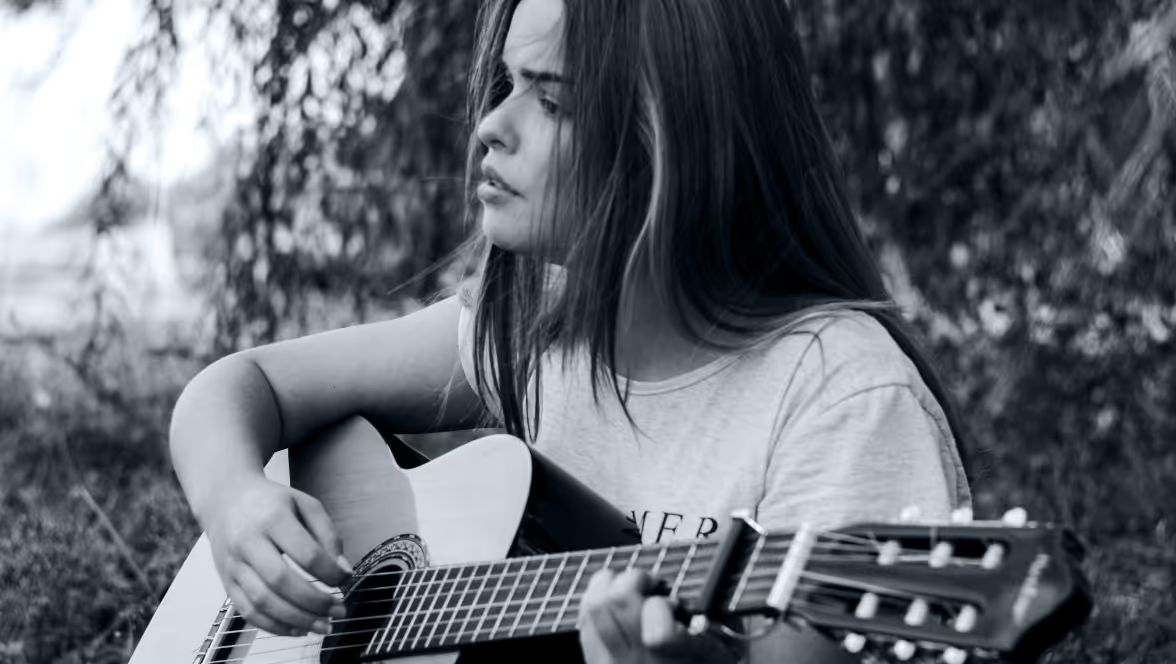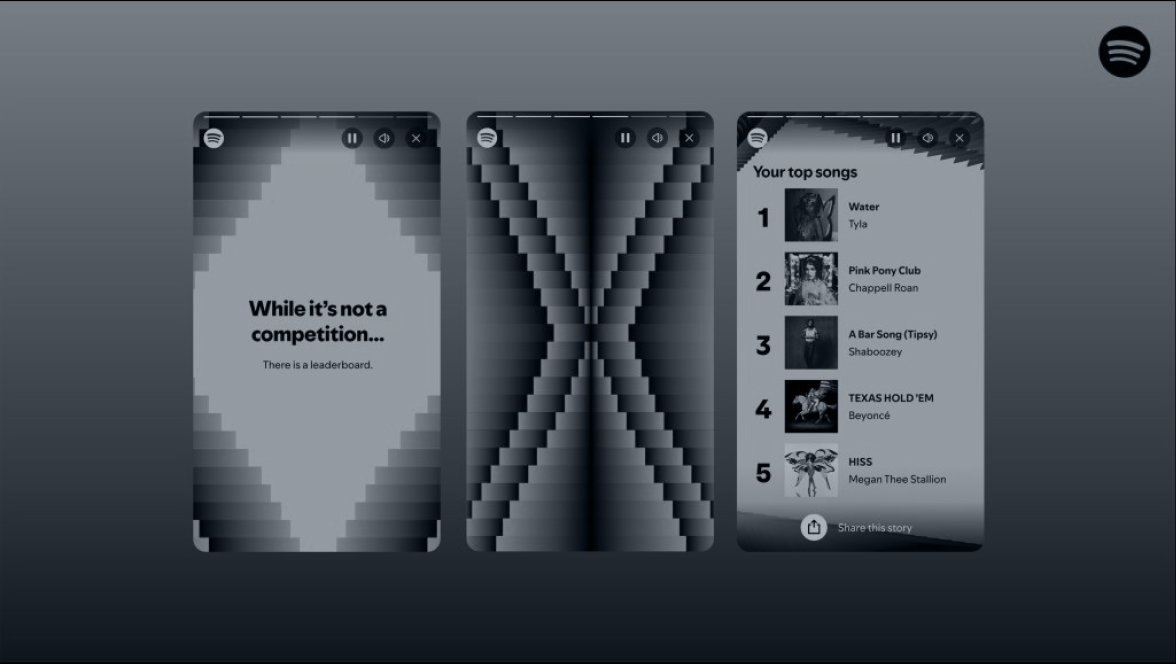
How to build your independent artist brand

When there are almost 100k tracks released every single day, it’s fair to say that competition is fierce out there folks.
As an independent artist or label, you’re in a battle with major labels and well-known artists, armed with nothing more than a shoestring budget and sheer determination. Your music, no matter how great it is, is vying with literally millions of other tracks for attention and probably thousands just in your genre… so how can you stand apart from the rest?
Answer: with your branding.
Having a unique, easily recognisable, consistent brand is key to building your place in the music industry – and we’re here to guide you through the things you need to consider when creating, building and implementing your brand.
Is branding just a logo?
Absolutely not.
Your branding isn’t even just about the visual elements.
It’s the combination of everything fan-facing you do online and in-person. It’s the way you represent your music, the way you talk to your fans, the way you show up on social media – it’s the combination of all of these things, plus your logo and colour palette and font choice, that makes up your branding.
If you’re an independent artist releasing as a solo musician, it’s likely that you’ll have naturally developed a brand that feels very ‘you’. If you’re being authentic online, it’ll be your personality being conveyed by your brand, even if you don’t yet have a specific logo or colour palette.
You’ll be sharing things that fit with your personal style naturally already – but defining your brand more formally can help to maintain that same consistency and vibe as you progress in your career.
Why does branding matter for independent artists?
✅ Your brand differentiates you from other artists, even if they’re in the same genre.
✅ Your brand builds trust and loyalty, because it gives your fans something to build a deeper connection with over time.
✅Your brand makes you memorable. Even from a brief glance at an album cover or a social media post, your fans will know who you are.
How to define your branding
Figuring out your branding isn’t always a one-time thing. Just like your music, your brand will naturally evolve over time to reflect your journey.
But each time you revisit your branding, there are some core elements that you should keep in mind so that your branding stays memorable, consistent and valuable to your music career.
Who is your audience?
You can’t create a strong brand without knowing who your audience really is. Your branding is for you, but it’s also for your audience – so knowing who they are is important.
- Use data from your Spotify For Artists account (as well as any other artist accounts you have access to) to get an idea of your audience demographics, like age, gender and location.
- Do some social media stalking of the people who interact most often with your social posts. What do their lives look like? Are they younger, older, in school, at work, yoga enthusiasts? Which social media platforms do they use the most? No detail is too small.
- Looking at the data you’ve collected, pick out the common factors that appear regularly across your audience and fans to create a ‘persona’ – your brand should be crafted to appeal to that persona.
What are your values?
You don’t have to include your political or ethical beliefs in your branding, but knowing what matters to your brand helps fans to build a deeper connection with you.
- What does your brand care about? Honesty? Sustainability? Collaboration?
- Do a quick Google search of ‘brand values’ and pick out a few that align with your view of the world.
What’s your brand voice?
The words you use to communicate your brand matter just as much (if not more) as your visuals, so it’s worth spending some time thinking about the tone of voice and style your brand will speak in.
- If your brand was a human, how would you describe its personality? Funny? Laidback? Mysterious?
- Does your brand use colloquial language or more formal phrases? Do you use emojis or abbreviations? Do you use flowery language?
- If you had one sentence to describe your music and your brand, what would it be?
What are your brand visuals?
This is where we start translating your values, voice and audience knowledge into the visuals your brand will become known for. Your visual identity is likely to change over time, probably more frequently than your voice or values, so don’t get too hung up on finding the perfect visual identity before putting it out into the world!
- Use Pinterest to curate photos, logos and imagery that align with what you want your brand to look like. Assess what you’ve collected and see if there’s a colour, style or tone that you seem to be drawn to regularly.
- Use Coolors to develop a colour palette that you can stick to across your branding. You ideally need 2 or 3 core brand colours and a few alternate colours, but you don’t need hundreds of colours.
- Use Typespiration to explore different fonts for your brand. Try to find a font that feels similar to your brand voice – if your voice is happy, laidback and relaxed, a formal font might not feel quite right.
- Use Canva to play around with creating social media graphics, album artwork or other visuals using your brand colours and fonts. But: bear in mind that you won’t own anything you create in Canva; you’ll have a ‘license’ to use your designs, but they ultimately still belong to Canva. Starting out with Canva designs makes bringing your brand to life easy and accessible, but if you’re serious about your music career it will be worth investing in professional logo design in the future!
Using your branding to boost your music career
Now that you’re clear on your brand and impression you want to put out into the world, it’s time to start using your brand identity wherever you can!
You’re (hopefully) already using social media to share your music and interact with fans, so continue doing the same – but focusing on bringing in consistent branding elements too. If you’ve designed a logo, add that to your posts; if you’ve defined your brand voice, use that in your communications with fans; if your Pinterest board made you realise there’s a particular aesthetic your brand aligns with, start shooting photos and videos in that style.
You can even go back to artwork on past releases and update them with something that better represents your brand identity – this is your time to be consistent, clear and visually appealing in everything you do.
Whenever you’re sharing something, either visually or through words, keep focused on your brand identity – so that what you’re putting out into the world is easily tied back to your brand, making it memorable and instantly identifiable.
Now, go forth and build your career, branding in hand!






